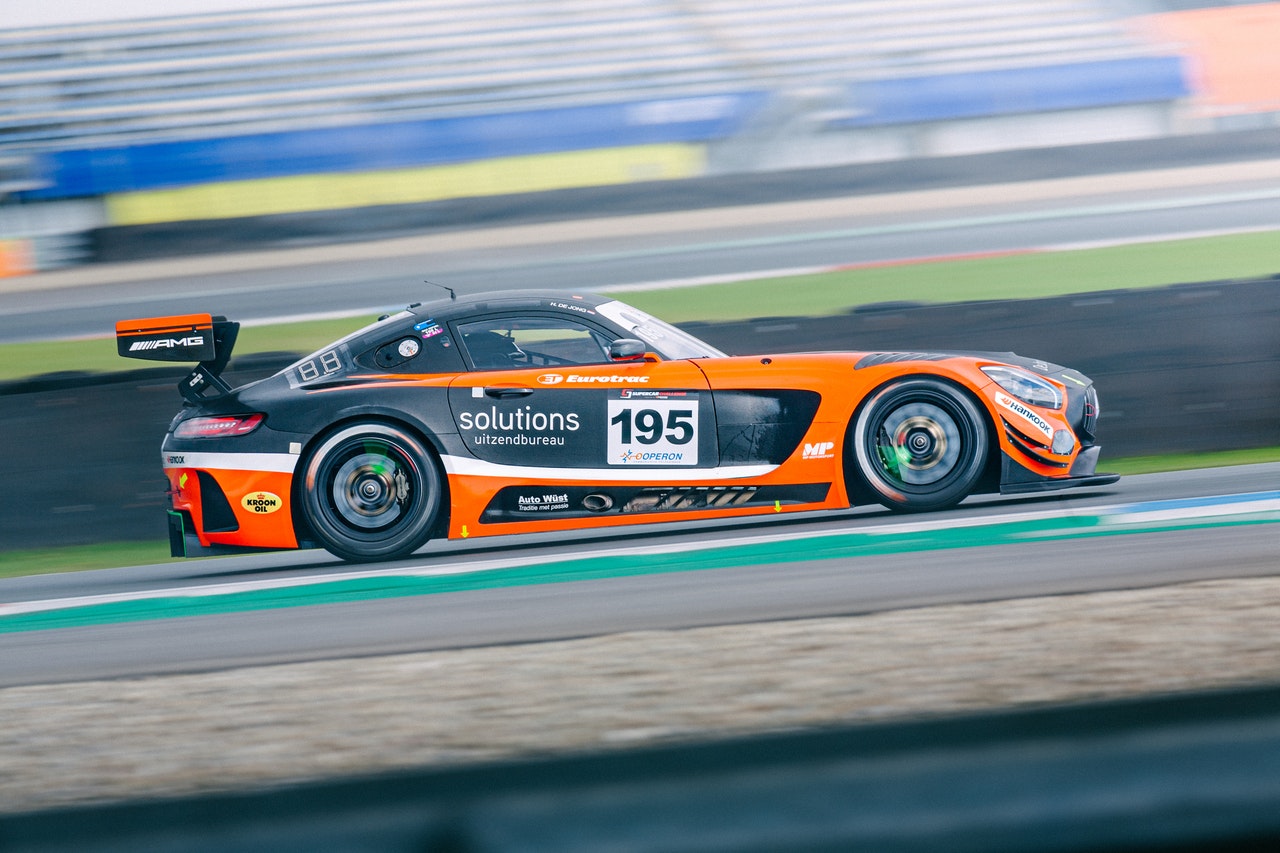With half-ton pickups now capable of pulling loads that wont to require larger trucks, gas-powered towing isn’t what it is was before.

It wasn’t way back that towing to the track with a half-ton pickup was a fool’s errand. Fifteen years ago, maybe less, half-ton trucks could get your racecar where you were going, but any obstacle (like a hill) would depart you wanting more. And, like with racecars, “more” is often better.
The three-quarter and one-ton pickups were in the “more” category for tow rigs were. Around that point, companies like Ford, Chevy, and Dodge made heavy-duty, gas-powered tow rigs capable of pulling 11,000 to 13,000lbs, with the diesel option bumping the 14,000lb arena. The half-ton versions of these trucks were sitting within the 8,000lb range, although some might say that number was optimistic.
Today’s trucks were nothing like they were at the turn of the century, the times have changed. Half-ton trucks now have tow ratings rivaling the three-quarter-ton trucks of yesteryear, making nearly any modern truck a practical towing option for the typical racer. Case in point, you’ll option a version of the 2015 Ford F-150 with a 12,200lb tow capacity, while the Ram 1500 features a 10,650lb capacity and therefore the Toyota Tundra can pull 10,500lbs.
If you’re still towing with a primary generation F-250 Super Duty powered by the gas-powered V10, since the tow capacities are similar, you would possibly be considering an upgrade to a brand new half-ton with all the bells and whistles. On the flip side, if you’re unaccustomed to the racing game, you may be waffling between buying new and finding a low-mileage, used a three-quarter-ton.
With modified versions of the 1999 Ford F250 V10 and 2014 Toyota Tundra V8 are what our staff happens to tow. Typically being used by professional roadside assitance crews, these trucks have similar tow ratings and both do a wonderful job. But which is better?
The Old: 1999 F-250 V10
our 1999 Ford F250 Crew Cab with a 6.8L V10 is what we picked up for a song. Nearly two years ago, we found this beauty with 130,000 miles on the clock being sold by the first owner. It had been immaculately maintained and, for $6,100, it had been a steal.
The 1999 truck technology is as amazing as you remember. The 310hp, 425lb-ft, 20-valve gas motor uses brute force to beat the horrid 4-speed automatic technology of the day. But the mixture is nice enough to attain a ten,800lb tow capacity, hitting 13,000lbs should we swap to the shorter final drive. Gasoline mileage, however, is within the dumps. before modifications, our unladen F-250 logged 14.5mpg on the freeway, 12.5 towing a two-axle open trailer with a racecar.
Updates were needed while our used truck had no major issues. The stock shocks were weeping over preferable, so we replaced those with Bilstein Heavy Duty dampers, which noticeably help control the truck both empty and loaded. The air cleaner was mighty dirty, too, so we upgraded to a K&N 57 Series FIPK intake system and matched that to a Flowmaster cat-back exhaust. The large K&N filter offers an enormous increase in airflow overstock and contains a 100,000-mile service interval. enough to be noticed, the intake and exhaust bumped up the fuel economy when combined.
Replacing the worn rubber may be a set of Toyo Open Country H/T 235/85-16 E-range tires. The Toyos offer no road noise and handle the freeway confidently. Toyo also offers a diesel-specific version of the tire featuring a bolstered belt package to require the sidewall distortion when towing with a diesel.
ALSO READ: 6 Tips for Motorsport Photography
The New: 2014 Tundra V8
Our 2014 Toyota Tundra CrewMax four-wheel drive is provided with the 32-valve 5.7L V8 engine producing 381hp and 401lb-ft of torque and is rated to tow 9,800lbs (some two-wheel-drive models pull the maximum amount as 10,500lbs). Just north of $40,000 was the sticker price for our model. The Tundra uses a slick 6-speed auto transmission that provides great fuel economy and always keeps the motor humming within the sweet spot. On the freeway, we’ve seen as high as 16mpg towing our open trailer and racecar and 18mpg without the trailer.
Our Tundra features a quality bed, meaning the bed is a few feet shorter than our short bed F-250. While the bed is deeper than the Ford’s, the length leads to the identical problem: limited bed space. To maximize bed space we installed an A.R.E. CX shell. We also opted for the compression boot so we could utilize the Tundra’s vertical sliding car window, and that we optioned side access win-doors. Without having to climb into the truck’s bed, this feature offers tool access.
We also went in another direction with the tires. We mounted E-range 285/70-17 BFGoodrich All-Terrain TA KO tires after swapping the factory 20-inch wheels for 17×8-inch TRD Rock Warriors. These tires look aggressive, offer lots of load-carrying capacity, and might be used both on and off-road. However, the new wheel and tire package did cost a couple of half-mile-per-gallon on the freeway.
After installing a Corsa exhaust and Volant intake, we also swapped the intake and exhaust. The Corsa adds a pleasant rumble to the otherwise quiet Toyota and being a baffling setup, it’ll never increase in volume. The Volant boasts a 100,000-mile service interval, so chances are high that good we’ll never touch that again, either. We saw a couple of half-mile-per-gallon increases on the freeway, negating the loss from the tire swap.
And the winner is…
Which is correct for you? For racecar towing duty, we discovered both old and new required a variety of modifications. That aside, more than the F-250, our Tundra certainly pulls 5,000 to 6,000lbs up hills smoother. With six gears instead of four, the 5.7L V8 finds itself at peak power no matter speed. Conversely, the F-250’s transmission incorporates a couple of speed sweet spots you’ve got to tow around, so you’re counting on the V10’s torque.